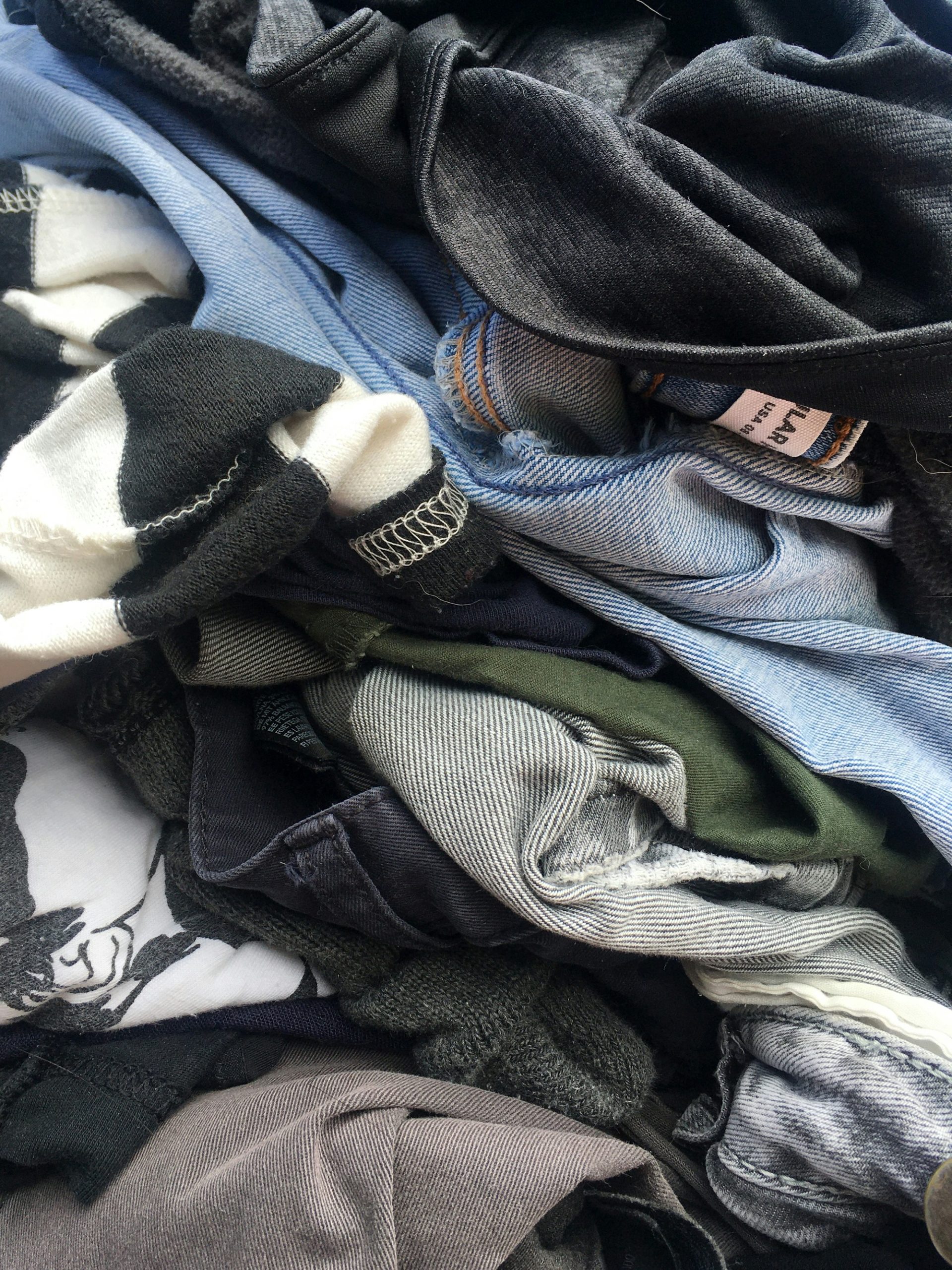In the age of next-day delivery and Instagram hauls, fashion has never moved faster…or fallen apart more quickly. With influencers posting “new look” content multiple times a week, and brands scrambling to keep up with the pace, consumers have grown accustomed to clothing that’s inexpensive, trendy, and disposable.
But behind the glossy sheen of social media fashion lies a growing frustration: clothes that shrink, unravel, rip, or fade after just a few wears. Consumers may be spending less per item, but they’re paying the price in other ways, aka with garments that barely last through the season. It begs the question: What happened to quality control, and why is fashion falling apart?
Fast Fashion’s Race to the Bottom
The rise of ultra-fast fashion platforms like Shein and Temu has redefined what people expect from shopping. Inexpensive tops, dresses, and accessories arrive on doorsteps in days, promising trend-savvy style at a fraction of traditional retail prices. But this new normal has come with a hidden cost—quality has been deprioritized in favor of speed and volume.
These companies churn out thousands of new styles every week, sometimes within just a few days of spotting a trend. With such rapid turnaround, there’s little time—or incentive—for thorough testing or quality assurance. Materials are often chosen based on cost and availability, rather than durability or comfort. Stitching shortcuts, inconsistent sizing, and synthetic fabrics dominate the landscape, creating garments that look good in photos but can’t withstand real-life wear. The result is clothing that may not even survive a single wash, much less a full season of wear.
Why Cheap Clothes Aren’t Just Cheap
Many consumers now view clothing as ephemeral—something to be worn a few times, then discarded when the next trend takes hold. Brands have responded accordingly, shifting focus from timeless construction to cost-cutting measures that favor appearances over substance. Seams are often poorly finished, hems fray easily, and zippers or buttons may feel flimsy from the start.
This isn’t just a cosmetic problem. Poor quality control leads to clothes that don’t fit properly, stretch out of shape, or deteriorate faster than expected. And while lower prices might feel like a bargain in the moment, frequent replacement costs add up over time.
What’s more, cheaply made clothing often comes at the expense of fair labor practices. Factories under pressure to meet impossible deadlines with razor-thin margins may resort to unsafe conditions, unpaid overtime, or exploitative contracts. So that $5 shirt isn’t just fragile. It may have been made in a system that’s fragile, too.

Influencer Culture and the Illusion of Quality
Social media has created an illusion that quality equals quantity. Hauls showcasing dozens of new items encourage viewers to chase volume over value. However, many of these influencers only wear the pieces for photos or videos. There’s no guarantee they’re built to last beyond that moment.
Sponsored content and affiliate links often further cloud judgment, as influencers are incentivized to promote what sells, not what lasts. Shoppers might be drawn to an outfit they saw online, only to find that it arrives with crooked seams, off-color fabric, or loose threads. These disappointments are often chalked up as part of the deal, reinforcing the cycle of buy, wear once, and toss.
The Cost of Convenience
Ultra-fast fashion has trained consumers to expect the impossible: cheap, trendy, and instant. But the cost of this convenience is mounting—not only in landfills and carbon footprints, but in frustration over clothes that fall apart far too soon.
Many buyers report feeling burnt out by the cycle. The excitement of a new delivery is quickly replaced by disappointment when an item doesn’t fit, tears easily, or looks nothing like its online image. Returns can be more trouble than they’re worth, leading to closets full of “almost right” garments that end up unworn.
This frustration is quietly fueling a shift in consumer behavior. Some shoppers are starting to prioritize sustainability, investing in fewer pieces made from better materials. Others are turning to secondhand fashion or small-batch labels that emphasize craftsmanship. The appetite for trend-chasing hasn’t vanished, but there’s growing awareness that fashion can be fast or high-quality, but rarely both.
Can We Fix Fashion’s Quality Crisis?
There’s no single solution to fashion’s quality decline, but awareness is the first step. When shoppers recognize the signs of poor construction or unsustainable practices, they can make more informed choices. That doesn’t mean everyone needs to spend hundreds on designer wear, but it does mean questioning why a shirt costs less than a sandwich, and whether it will last longer than lunch.
Retailers also bear responsibility. Transparency around sourcing, materials, and quality assurance should become standard, not optional. And influencers, who shape so much of today’s fashion culture, have the power to shift the narrative by spotlighting longevity, not just aesthetics.
Ultimately, the conversation needs to move from “What’s trendy right now?” to “What’s worth wearing tomorrow?”
What’s your take: are we sacrificing too much for fast fashion’s convenience, or is the trade-off worth it? Have you found any brands that still prioritize quality?
Read More:
10 Things Poor People Do That Rich People Secretly Do Too
Is Shein Really Saving You Money?
Riley is an Arizona native with over nine years of writing experience. From personal finance to travel to digital marketing to pop culture, she’s written about everything under the sun. When she’s not writing, she’s spending her time outside, reading, or cuddling with her two corgis.
Read the full article here














